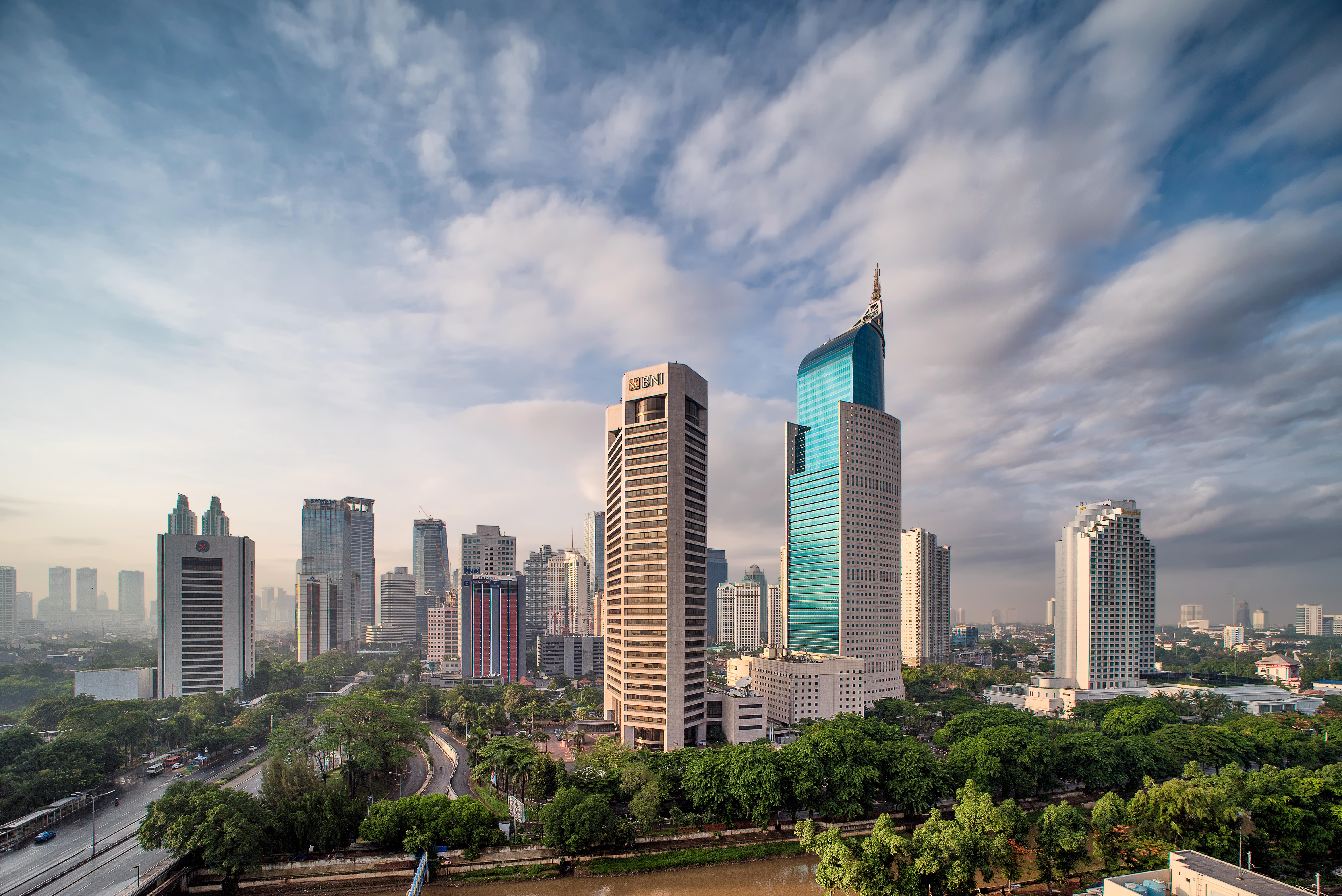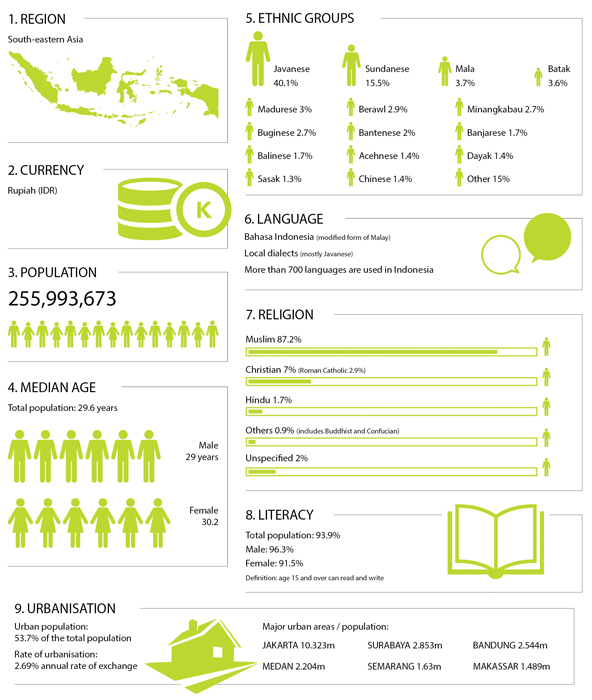FEATURE28 March 2017
Emerging Indonesia
x Sponsored content on Research Live and in Impact magazine is editorially independent.
Find out more about advertising and sponsorship.
FEATURE28 March 2017
x Sponsored content on Research Live and in Impact magazine is editorially independent.
Find out more about advertising and sponsorship.
x Sponsored content on Research Live and in Impact magazine is editorially independent.
Find out more about advertising and sponsorship.
INDONESIA – Indonesia is a country undergoing significant change, and its citizens are driving it. By Bronwen Morgan

The 2014 presidential election in Indonesia brought the country to a crossroads: the highest number of voters in Indonesian history decided between two very different candidates, with very different visions for the nation’s future.
The people eventually chose Joko Widodo – known as Jokowi – a softly spoken individual with no ties to the military or to the elite. This was a departure from the norm for Indonesians, who had previously elected leaders from military backgrounds or who were members of political dynasties.
According to a new report from Flamingo, Jokowi’s election “rings in a new Indonesia, one whose people are more confident, have a stronger sense of their own agency and are eager to build the nation on their own terms, from the bottom up.” The agency’s report, Beyond Jakarta, outlines trends that paint a picture of ‘emerging Indonesia’. Three of these are summarised below.
Art collectives have blossomed in Indonesia in recent years, in particular in the country’s four main creative hubs: Jakarta, Yogyakarta, Bandung and Bali. Collectives such as these offer Indonesian youth a place to learn and grow alongside their peers and established artists, as well as a safe haven to express themselves, free from societal pressures.
The ‘DIY’ attitude is common among young artists and creatives in the country, as a result of their perception that today’s Indonesia offers little opportunity or impetus for cultural activity. In this way, DIY has been – and still is – a way to take back control and, ultimately, drive change. Art and creativity allow these young people to project their own identities, as distinct from their families and from the received wisdoms of their ethnic traditions.
Creativity in the western world is seen as an innate quality enjoyed only by a select few; in Indonesia, it is taken as a given for youth, and they use it to learn, grow and challenge themselves and society.
E-commerce is big in Indonesia: regional companies such as Zalora and Lazada compete with local favourites such as Tokopedia and Bukalapak. But they are all having to fight off competition from small online businesses that are thriving thanks to social media platforms such as Instagram, Facebook and LINE – a network started in Japan in 2011, which is widely used in Indonesia. The success of these small firms lies in their ability to disrupt the way people buy and sell, and to tap into Indonesia’s ngakalin mentality. Ngakalin represents resourcefulness and the ability to get around obstacles. Its root is the word akal, which (loosely) translates as ‘mind’, and – in Indonesia – the mind knows no limits, even in difficulties.
As a result of widespread corruption and inefficient bureaucracy, Indonesians have had to be inventive through necessity. To this end, social media is not only useful for sellers – who repurpose social platforms for e-commerce – but for buyers, who prefer to do their shopping in this way.
Big institutions have some hurdles to overcome. Rural Indonesians see big brand websites as suspiciously faceless. This lack of trust is fuelled by widely publicised cases of fraud and online shopping gone wrong.
While shoppers aren’t blindly trusting of small businesses, they assume that they are owned by individuals who are not too different from them, especially as most people seem to know of a neighbour or a friend running a business. Whereas big companies can, in all likelihood, manipulate the law if something goes wrong, individuals are held to a social contract or religious code of honour.
There are 79 million social media users in Indonesia, and YouTube has allowed many regular people to gain huge followings: some of the country’s YouTube stars have audiences larger than most TV stations. These ‘vloggers’ cover a range of topics, from fashion and beauty to religion and politics, and their popularity can be attributed to several factors.
First, Indonesians of all demographics appear comfortable with YouTube as a medium, so reach can extend across regions, ages, religions and genders. Second, vloggers are seen to be speaking authentically and intimately to their audiences. They deal with topics drawn from their communities and evolve their content based on feedback from fans, which strengthens their affiliation to audiences. They also come from comparably ordinary backgrounds, so are perceived as real and approachable.
Finally, video content is seen as the most human and real, and – compared with other media – it allows vloggers to foster a deeper connection with their audiences.

0 Comments